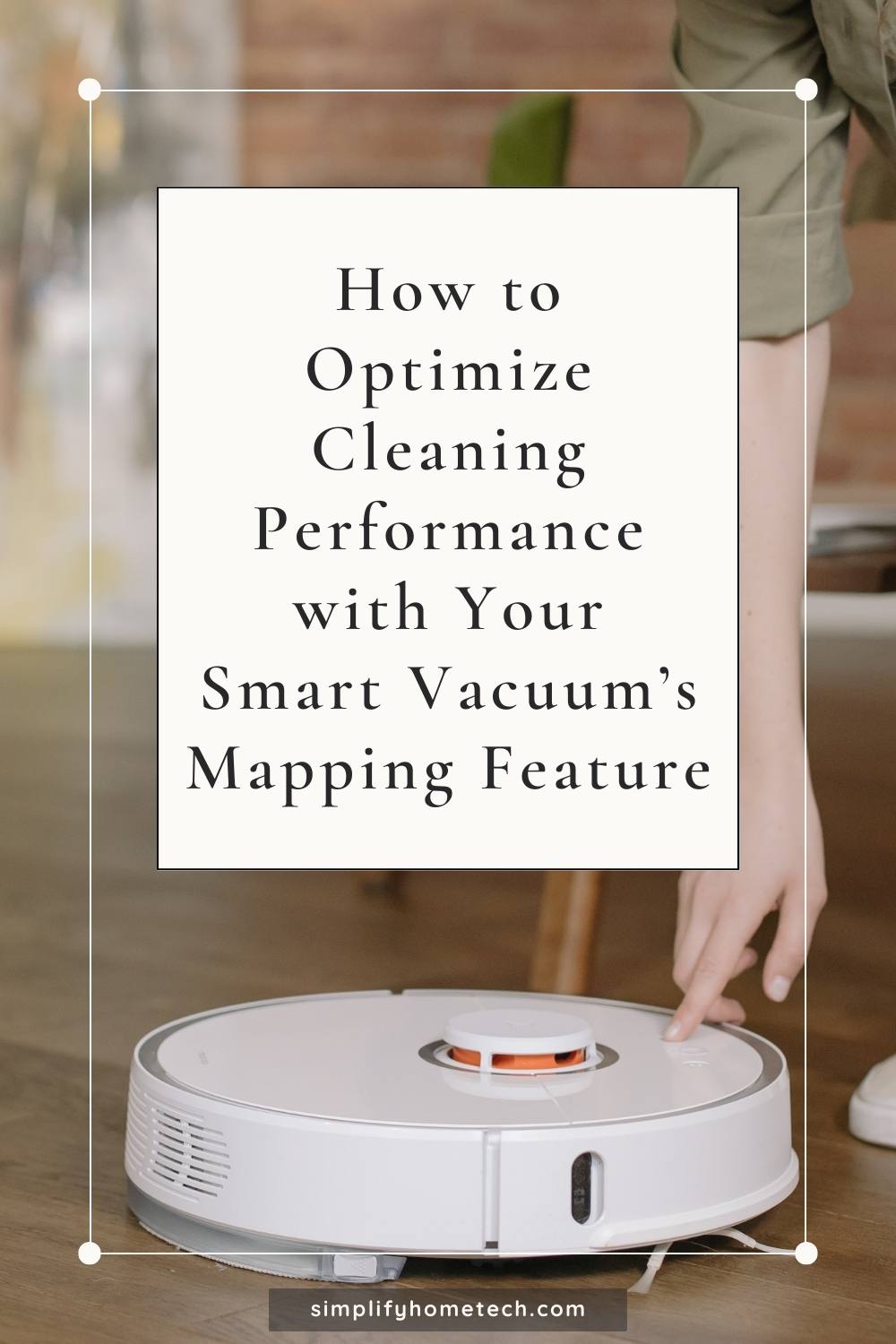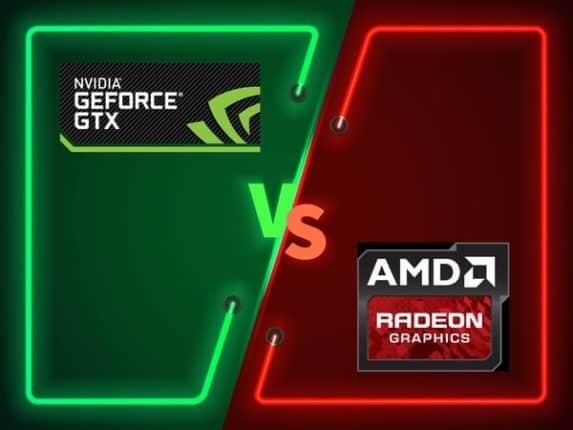TinyML on ESP32 - How Low-Powered Devices Are Revolutionizing Edge AI
.jpg)
Imagine a world where artificial intelligence isn't confined to powerful servers or the cloud, but lives on tiny microcontrollers in your pocket, on your wrist, or even embedded in the walls. With the rise of TinyML on low-powered devices like the ESP32, this isn't a distant future – it's our reality. In fact, the TinyML market is projected to reach $1.5 billion by 2027, growing at an astonishing rate of 80% per year. As the demand for real-time data processing and AI-driven automation surges, these miniature marvels are revolutionizing edge AI, enabling smarter, more efficient, and more secure applications. Let's explore how TinyML on ESP32 is making this happen.
The Rise of Edge AI: Why TinyML Matters
You've probably heard the buzz about AI and machine learning, but what about TinyML? It's a subset of machine learning that's changing the game by bringing AI to the edge – literally. TinyML enables machine learning models to run on low-powered devices like the ESP32, a tiny microcontroller that's capable of handling complex computations despite its small size. This means you can deploy AI in all sorts of devices, from smart home appliances to industrial sensors, without relying on massive servers or cloud computing. Edge AI is all about processing data in real-time, right where it's generated. This approach has numerous benefits, including reduced latency and improved decision-making. When data is processed locally, there's no need to send it back and forth to the cloud, which can take precious seconds or even minutes. In applications like self-driving cars or predictive maintenance, every millisecond counts. For instance, Google's TinyML initiative has shown that tiny devices can perform tasks like keyword spotting and gesture recognition with remarkable accuracy and speed.
Why Edge AI Matters
The demand for IoT applications with AI capabilities is growing rapidly. According to a report by MarketsandMarkets, the edge AI market is expected to reach $1.8 billion by 2024, up from $222 million in 2019. This growth is driven by the increasing adoption of IoT devices, which are projected to reach 41 billion by 2025, as per IDC. With TinyML, these devices can become even smarter and more autonomous, making them more useful and efficient. The benefits of edge AI are clear. By processing data in real-time, devices can respond faster and make more accurate decisions. This is particularly important in applications where latency can be a major issue, like in industrial automation or healthcare. With TinyML, you can build devices that can think for themselves, without relying on a constant internet connection. That's the power of edge AI, and it's an exciting space to watch.
Getting Started with TinyML on ESP32
You're probably wondering what makes the ESP32 such a great fit for TinyML. Let's dive in. The ESP32's dual-core processor is a powerhouse for a chip that's just 2.5cm x 1.8cm in size. With clock speeds of up to 240 MHz, it's got the grunt to handle machine learning models without breaking a sweat. Plus, built-in Wi-Fi means you can easily send data to the cloud or receive updates remotely. When it comes to developing on the ESP32, you've got some fantastic tools at your disposal. TensorFlow Lite Micro is a popular choice, and for good reason. It's designed to run machine learning models on tiny devices like the ESP32, and it's incredibly efficient. Edgeiq is another platform that's worth checking out - it's specifically optimized for microcontrollers like the ESP32. These tools make it relatively painless to get started with TinyML development. One of the best things about the ESP32 is the range of development boards available. Take the ESP32 DevKitC, for example. This board is a great starting point for prototyping, with easy access to GPIO pins and a USB interface for programming. You can get started with TinyML projects right away, without needing to design your own board from scratch. Let's look at some real-world examples. Imagine building a smart home security system that uses the ESP32's machine learning capabilities to recognize people and objects. With the ESP32's camera and microphone interfaces, you can capture images and audio, then use TinyML to classify what's happening in real-time. It's not hard to see why developers are so excited about the possibilities. The ESP32's combination of processing power, memory, and wireless connectivity makes it an ideal platform for TinyML. With the right tools and development boards, you can bring your TinyML projects to life quickly and efficiently. Dive deeper: [What are some common TinyML applications for ESP32?]((link unavailable)) [How do I get started with TensorFlow Lite Micro on ESP32?]((link unavailable)) [What are the advantages of using Edgeiq for ESP32 development?]((link unavailable))
Real-World Applications of TinyML on ESP32
So, what can you actually do with TinyML on ESP32? Let's dive into some cool examples. Predictive maintenance is a big one. Imagine you're running a factory with machines that can't afford to break down. You can use ESP32 boards with vibration and temperature sensors to monitor these machines. When the sensors detect unusual vibrations or temperatures, the ESP32 can analyze the data using TinyML models and alert you before a breakdown occurs. This saves time, reduces downtime, and prevents costly repairs. For instance, companies like Stanley Black & Decker are already using predictive maintenance to keep their equipment running smoothly. They've seen significant reductions in maintenance costs and improved overall efficiency. Another fascinating application is audio classification for smart home automation. Have you ever wanted your lights to turn on when you clap or your music to pause when you say "stop"? With TinyML on ESP32, this becomes possible. You can train a model to recognize specific sounds like a door knock, baby crying, or even your voice commands. The ESP32's audio processing capabilities, combined with TinyML, enable you to build smart home systems that respond to sound in real-time. For example, smart home devices like Amazon Echo and Google Home already use voice commands, but with TinyML, you can create custom voice-controlled systems tailored to your specific needs. Image classification is another area where TinyML on ESP32 shines. In industrial inspection, ESP32 cameras can be used to classify products on a production line. Let's say you're manufacturing widgets, and you need to sort them by type. A TinyML model on the ESP32 can analyze images from a camera module and classify the widgets with high accuracy. This automation not only speeds up the process but also reduces human error. Companies are using this technology to improve quality control and streamline their production processes. With the ESP32's capabilities and TinyML, you can build efficient and cost-effective inspection systems. Dive deeper: How does TinyML compare to traditional machine learning? What are some potential downsides of using TinyML? Can TinyML be used for more complex AI tasks?
Overcoming Challenges in TinyML Development
You're getting into TinyML development with ESP32, and it's exciting! But let's be real – it's not all smooth sailing. You've got to optimize those models, manage memory, and ensure everything's secure and reliable. So, how do you tackle these challenges?
Optimizing Models for Low-Power Devices
The key here is to find a balance between accuracy and power consumption. You don't want your model to be too complex that it drains the battery in seconds, but you also don't want it to be too simple that it's useless. One approach is to use techniques like quantization and pruning. For example, TensorFlow Lite's post-training quantization can reduce model size by up to 4x, which is a huge deal for low-power devices. You're essentially sacrificing a bit of accuracy for a significant boost in performance and power efficiency. Let's look at a real-world example. The person detection algorithm on ESP32-CAM uses depthwise separable convolutions to keep the model size small while maintaining accuracy. This way, you're not wasting resources on unnecessary computations.
Managing Memory Constraints on ESP32
ESP32 has 520 KB of SRAM, which is pretty impressive for a microcontroller. However, when you're working with neural networks, memory can get consumed quickly. To manage this, you can use techniques like model compression and caching. For instance, you can use TensorFlow's model pruning API to remove redundant neurons and connections, which reduces the model size. Another approach is to use external memory like PSRAM (Pseudo SRAM) to store larger models. The ESP32-WROVER module, for example, comes with 4 MB of PSRAM, giving you more room to breathe.
Ensuring Security and Reliability
When deploying TinyML models on low-power devices, security and reliability are top priorities. You need to ensure that your device can operate safely in the field, even in areas with limited connectivity or power. One way to achieve this is by implementing secure boot mechanisms and over-the-air (OTA) updates. The ESP32, for instance, has built-in secure boot and encryption features that allow you to securely store and update your models. This way, you're protected against potential attacks and can update your device remotely if needed.
TinyML and Azure Sphere: A Powerful Combination
As you explore the possibilities of TinyML, you're likely thinking about how to deploy these models in the real world. That's where Azure Sphere comes in – a secure, end-to-end solution for IoT devices. By combining TinyML with Azure Sphere, you get a powerful platform for edge AI deployments.
Azure Sphere provides a secure foundation for TinyML models, ensuring that your devices and data are protected. With Azure Sphere, you can deploy TinyML models on microcontrollers, enabling real-time processing and analytics. This is particularly useful for applications like predictive maintenance, anomaly detection, and smart home automation.
But that's not all – Azure Sphere also integrates seamlessly with Azure services, enabling scalable IoT solutions. With Azure Stream Analytics, you can process and analyze data in real-time, gaining valuable insights into your operations. For instance, you can use TinyML to detect anomalies in industrial equipment, and then use Azure Stream Analytics to trigger alerts and automate maintenance workflows.
The possibilities are endless, and the numbers are impressive. With Azure Sphere, you can deploy TinyML models on devices with as little as 1MB of RAM – that's smaller than a typical smartphone app. And with Azure Stream Analytics, you can process millions of events per second, making it ideal for large-scale IoT deployments.
By combining TinyML with Azure Sphere, you get a secure, scalable, and powerful platform for edge AI deployments. Whether you're building smart home devices, industrial automation systems, or consumer electronics, this combination can help you unlock new possibilities and drive innovation.
The Future of TinyML: Trends and Opportunities

You've seen how TinyML is bringing AI to the edge with ESP32 devices. Now, let's talk about where it's headed. The future's looking bright, with advances in model compression and optimization making it possible to run even more complex models on tiny devices.
Smaller, Faster, Smarter
Techniques like quantization and pruning are getting better, allowing you to squeeze larger models into smaller memory footprints. For example, Google's TensorFlow Lite Micro team has achieved impressive compression ratios, making it possible to run models like MobileNet on devices with as little as 256KB of RAM. That's crazy, considering these devices are smaller than a postage stamp!
TinyML's growing adoption in industries like healthcare and manufacturing is another exciting trend. Companies like STMicroelectronics are working with healthcare providers to develop wearable devices that can detect anomalies in patient data, like irregular heartbeats, using TinyML models. In manufacturing, predictive maintenance is becoming a game-changer, with companies like Siemens using TinyML to detect equipment failures before they happen.
Emerging Tech Opportunities
The potential for TinyML in emerging technologies like 5G and robotics is huge. With 5G networks rolling out, you'll see more devices connected and processing data in real-time, right at the edge. Robotics is another area where TinyML can make a big impact, enabling robots to process data and make decisions locally, without relying on cloud connectivity.
- Advances in model compression and optimization
- Growing adoption in industries like healthcare and manufacturing
- Potential for TinyML in emerging technologies like 5G and robotics
From Prototype to Production: Next Steps for TinyML Developers
You've made it this far – you've built a TinyML model, deployed it on an ESP32, and seen the magic happen. Now it's time to take it to the next level. Let's talk about turning your prototype into a production-ready solution.
Testing and Validation
When testing your TinyML model, don't just rely on accuracy metrics. You're working with low-powered devices, so consider factors like latency, memory usage, and power consumption. For instance, a model that takes 10 seconds to respond might be unacceptable in real-world applications. Use tools like TensorFlow Lite Micro's benchmarking tools to profile your model's performance. Test on different hardware configurations and in various environmental conditions to ensure your model behaves as expected.
Scaling Deployments
When scaling your TinyML deployment, you'll need a solid strategy. Consider using Over-the-Air (OTA) updates to roll out model updates or firmware patches without physically touching each device. This is especially crucial in industries like smart home automation or industrial monitoring. For example, the popular ESP32 boards support OTA updates, making it easy to manage large fleets of devices. You can also leverage platforms like AWS IoT, Google Cloud IoT Core, or Microsoft Azure IoT Hub to manage your device fleet. If you're looking to dive deeper, here are some resources to get you started:
- TensorFlow Lite Micro documentation
- ESP32's official documentation on OTA updates
- The TinyML book by Pete Warden and Daniel Situnayake
As you move forward, remember that TinyML is still a rapidly evolving field. Stay up-to-date with the latest developments, and don't be afraid to experiment and push the boundaries of what's possible. With great power consumption comes great responsibility – use it to change the world! The future of AI is tiny, and it's in your hands.













Comments ()